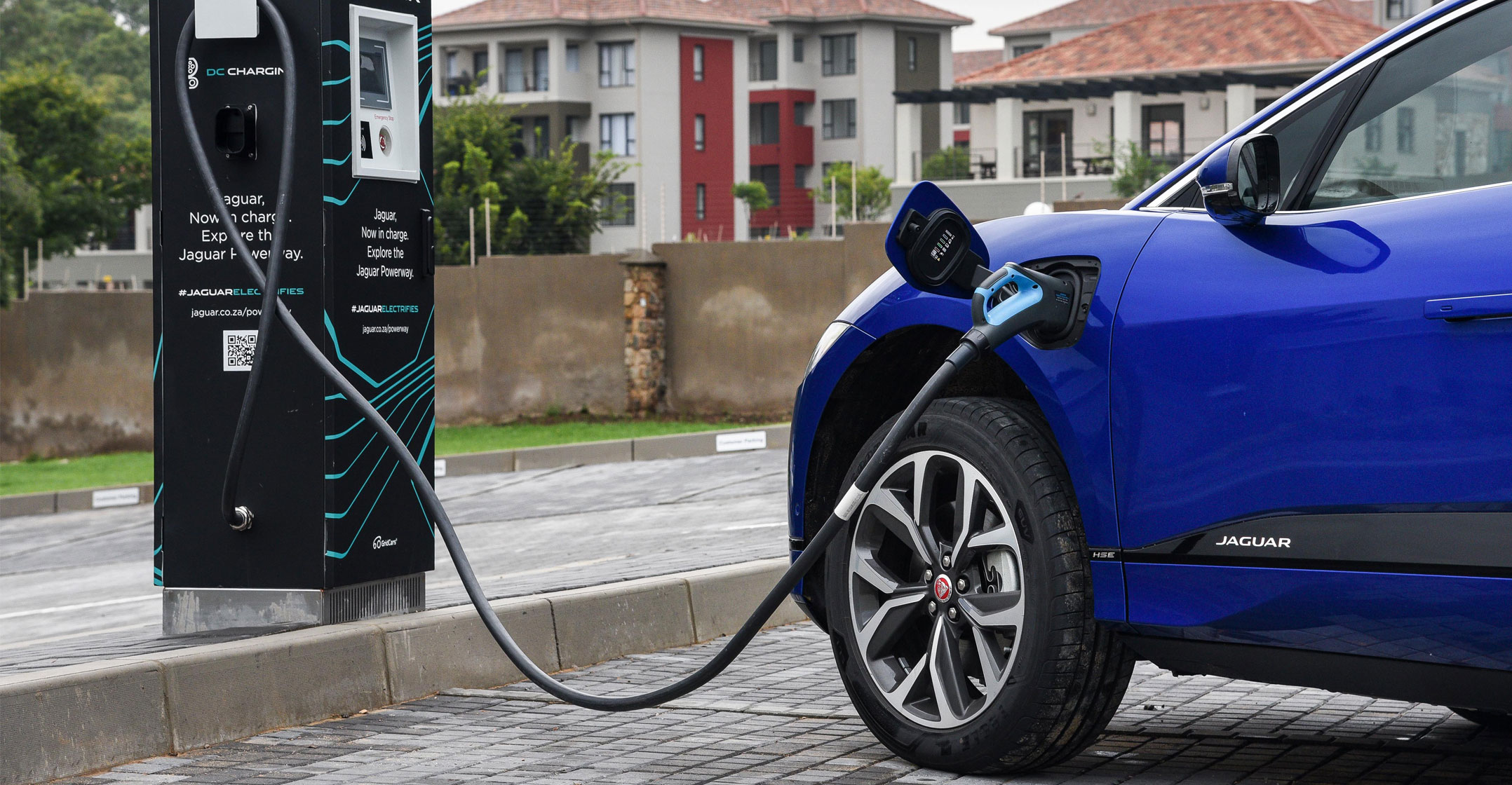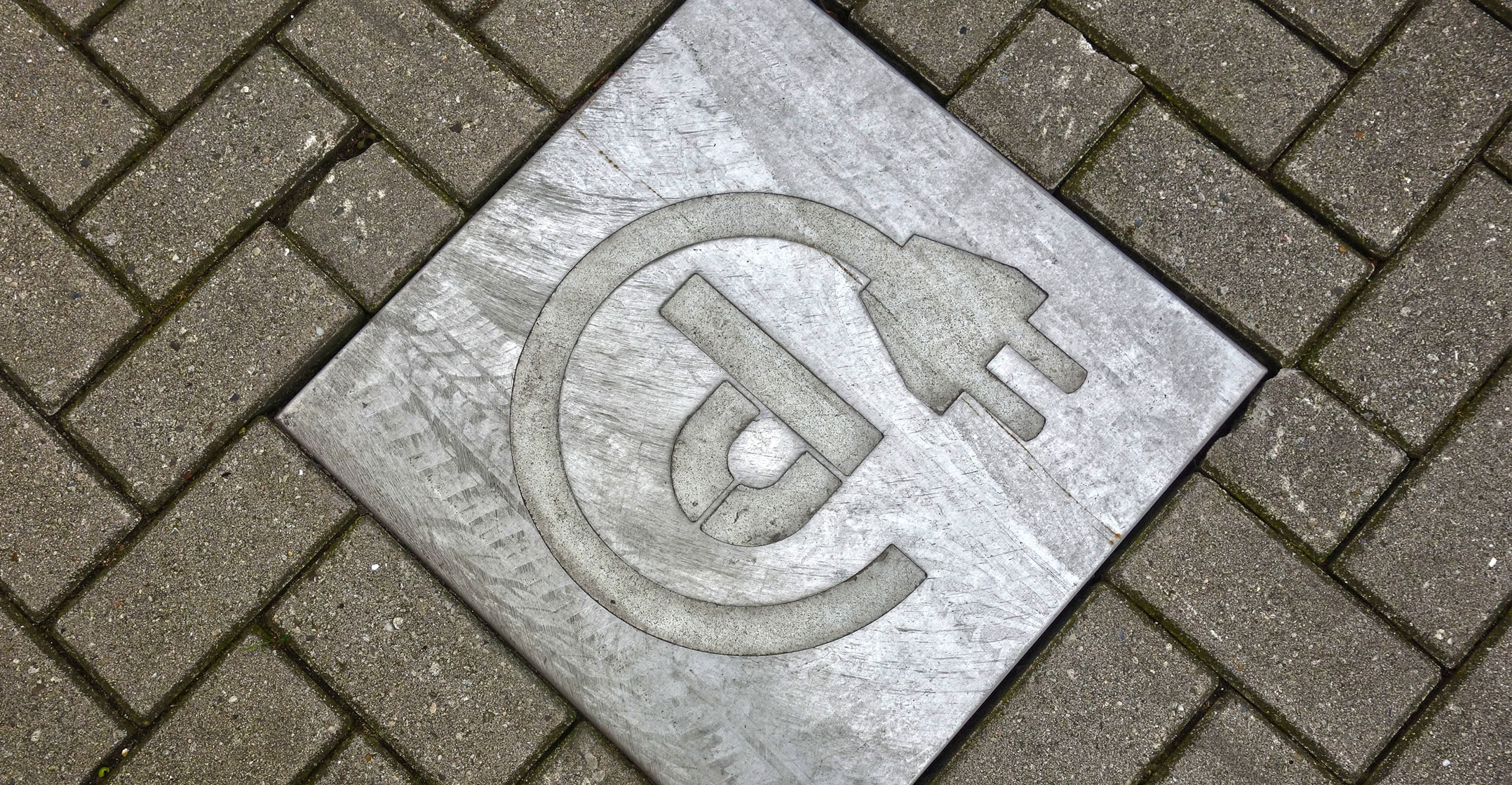 The global shift towards electric mobility is creating significant challenges for South Africa’s automotive industry, which accounts for about 7% of GDP, 30% of the country’s entire manufacturing output and 14% of total exports.
The global shift towards electric mobility is creating significant challenges for South Africa’s automotive industry, which accounts for about 7% of GDP, 30% of the country’s entire manufacturing output and 14% of total exports.
The industry is being forced to redefine its future because the shift towards electric vehicles (EVs), battery electric vehicles and hybrid vehicles will also threaten the sustainability of formal and informal jobs in the industry, which throughout its entire value chain provides employment to almost 500 000 people.
EV sales still only average between 2% and 4% of sales in most markets but more than 400 different EV models are forecast to be on the market by 2020, driven largely by government vehicle emission policies.
The price of EVs is forecast to reach parity with internal combustion engine (ICE) vehicles by the mid-2020s, which is expected to boost sales.
Andrew Kirby, CEO of Toyota SA Motors and President of the National Association of Automobile Manufacturers of South Africa (Naamsa), says the new business model for the industry is predicated on the fact that it cannot continue to rely on exporting its products to first-world countries. This is because regulations are going to make it very difficult for South Africa to be a base for manufacturing ICE vehicles in the future.
Kirby told the Smart Mobility Africa 2019 conference in Pretoria this week that there is also tremendous potential for motorisation in Africa because the continent has one of the lowest car ownership per capita levels globally.
Position paper
Naamsa CEO Mike Mabasa says its board decided to develop a position paper with government to address issues raised by the electric mobility revolution, including the regulatory environment, infrastructure and technology, benefits to the environment and the economy, and local production for vehicles and components.
“We are now in conversation with the DTI (department of trade & industry) to take that particular conversation forward.”
Mabasa says it took the South African automotive industry 91 years to get to where it is now — it produced 610 000 vehicles last year.
Its target is to produce 1.4 million vehicles annually by 2035.
 The problem is that 58% of the vehicles produced last year were exported to the international market, says Mabasa, and many of those markets are starting to reduce the need for ICE vehicles.
The problem is that 58% of the vehicles produced last year were exported to the international market, says Mabasa, and many of those markets are starting to reduce the need for ICE vehicles.
He says the key issue in terms of employment relates to component supply and how to create regional nodes in Africa where different countries produce different commodities, don’t compete against each other, have economies of scale, and everyone benefits.
Kirby says EV sales are forecast to total 5.5 million a year by 2030.
Of this, 4.5 million are expected to be hybrid and plug-in hybrid electric vehicles and one million battery or fuel-cell electric vehicles.
This is a ratio of one battery or fuel-cell electric vehicle for every 4.5 hybrid type vehicles globally, says Kirby, but the ratio in South Africa and Africa will probably be closer to one to 10.
He believes the internal combustion engine is going to be with us in this region for “quite a long time”.
“From a South African context, we need to find a way of remaining competitive while also protecting manufacturing jobs. With the world moving towards smarter manufacturing technologies, this is going to be a challenge for us.”
Skills
Kirby says the biggest employment numbers in the automotive industry are on the retail and servicing side, but one of the risks is the significant decline in vehicle service items, which will mean fewer people employed to maintain EVs. “We are very conscious of the impending need to up-skill and re-skill our people to deal with the transition to greener mobility.
“We need to diversify the services we provide, and provide other value-added benefits so that we can retain those jobs in different areas,” he says. From a manufacturing point of view, the key is going to be localisation. How do we localise those electrical components? Because that is where the volumes are. It’s not in the vehicle assembly.”
- This article was originally published on Moneyweb and is used here with permission

